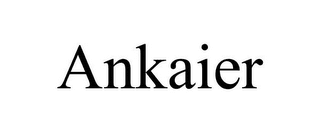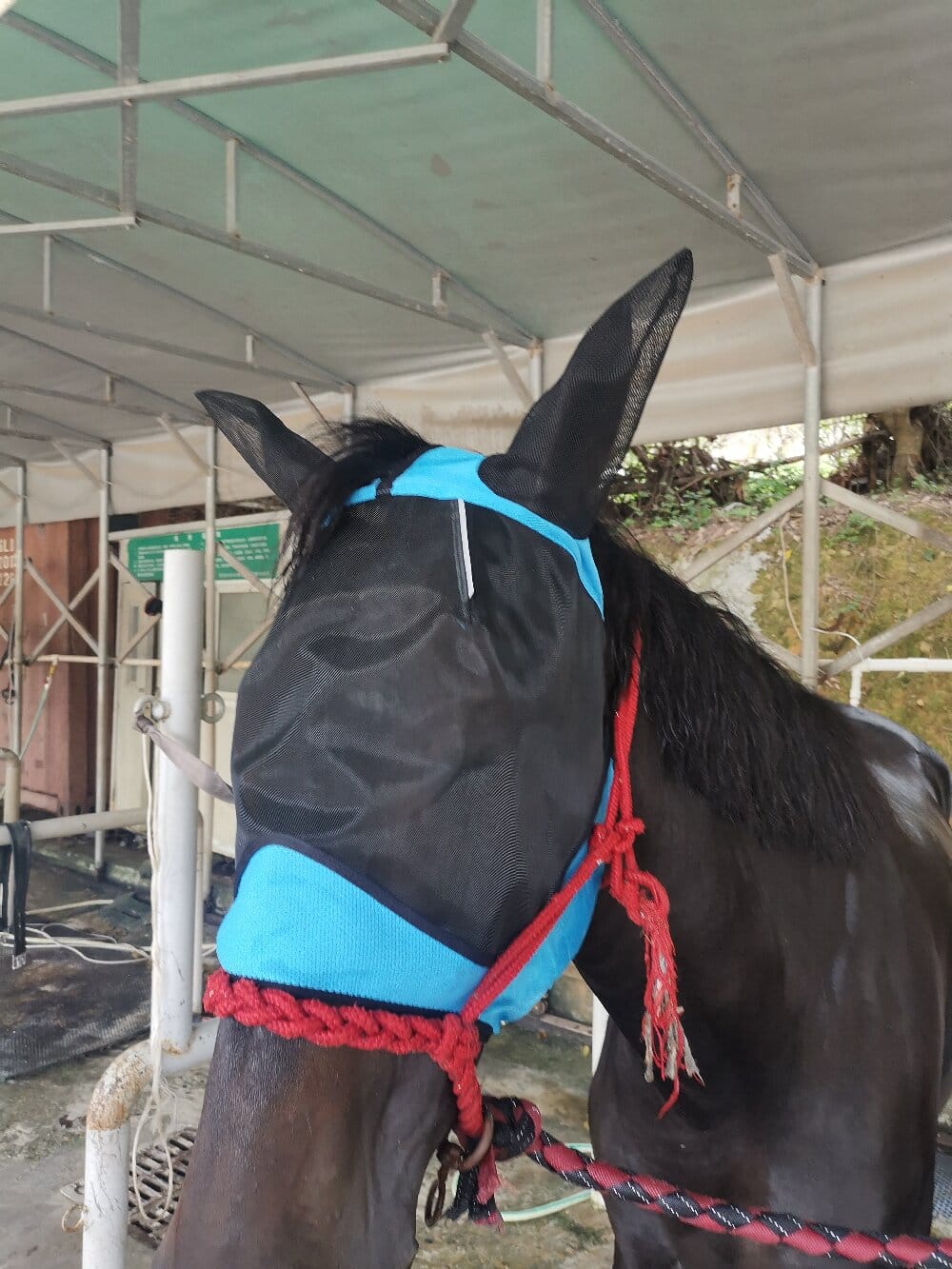A horse fly mask represents a fundamental component of modern equine management, serving as a primary defense mechanism against flying insects. From a methodological perspective, its implementation is not merely an accessory but a systematic intervention designed to mitigate physical discomfort and prevent health complications in horses. The selection, application, and maintenance of this protective face covering require a structured approach to ensure optimal welfare outcomes. This article examines the methodology behind the effective use of fly masks, analyzing their functional purpose, the criteria for selection, and the procedural knowledge required for their integration into daily equine care routines. By understanding the principles that govern their use, horse owners can make informed decisions that significantly enhance their animal’s quality of life during the challenging insect seasons.
The Functional Rationale: Why Fly Protection is Essential
The primary objective of a fly mask is to create a physical barrier between the horse’s sensitive facial areas and pests such as flies, gnats, and mosquitoes. The methodology here is rooted in preventative care. Insects are not just a nuisance; they are vectors for disease and a source of constant irritation that can lead to significant stress and injury. Flies are particularly attracted to the moisture around a horse’s eyes, making this area highly susceptible to conjunctivitis, corneal ulcers, and persistent infections. Furthermore, the incessant stomping and head-tossing prompted by insect harassment can lead to wasted energy, behavioral issues, and potential damage to fencing or stable fixtures. The strategic use of a fly veil or protective face covering interrupts this cycle, providing a calm and comfortable environment conducive to the horse’s overall well-being.
A Methodical Guide to Selecting the Right Horse Fly Mask
Choosing an appropriate fly mask is a critical step that demands a systematic evaluation of several factors. A one-size-fits-all methodology is insufficient, as equine facial structures and environmental challenges vary widely. The selection process should be guided by the following criteria to ensure both efficacy and comfort:
- Material and Construction: The ideal mask is crafted from a durable, lightweight, and breathable mesh that provides maximum visibility while blocking UV rays. Seams should be flat-stitched or located away from sensitive areas to prevent rubbing and chafing.
- Fit and Design: A proper fit is paramount. The mask should contour to the horse’s face without being overly tight, allowing full range of motion for eating, drinking, and expressing natural behaviors. Key design features to look for include ear protection, which can be integrated or separate, and a soft nose cover to shield the muzzle.
- Specialized Features: For horses with specific needs, options such as masks with attached ear covers or extended neck guards offer comprehensive protection. The methodology extends to considering the horse’s lifestyle; a pasture-kept horse may require a more robust mask than one that is stabled for most of the day.
The Procedural Implementation: Fitting and Daily Management
The correct application and daily management of a fly mask are as important as the initial selection. The methodology for fitting involves a calm, step-by-step process to acclimate the horse. It should be unfolded and gently placed over the ears and eyes, ensuring the mesh is not twisted and the vision is completely unobstructed. The fastener, typically located under the jaw, should be secure enough to prevent the mask from slipping off during rolling or vigorous head shaking, yet loose enough to allow for comfortable swallowing. Daily procedural checks are non-negotiable. The mask should be removed at least once a day to inspect the horse’s face for any signs of irritation, dirt, or moisture buildup. This routine also provides an opportunity to clean the mask itself, removing dust and debris that could impair visibility or cause skin issues.
Maintenance and Long-Term Care Strategy
A long-term care strategy is essential for sustaining the effectiveness of equine eye protection. The maintenance methodology involves regular cleaning to preserve the integrity of the mesh and elastic. Most masks can be hand-washed with a mild detergent and air-dried, as high heat from a dryer can damage the elastic components. Periodic inspection for wear and tear, such as frayed edges, loose stitching, or weakened elastic, is crucial. A compromised mask can become a safety hazard. Furthermore, the methodology includes seasonal considerations; at the end of the fly season, the mask should be thoroughly cleaned, inspected for repairs, and stored properly in a cool, dry place to ensure it is ready for use the following year.
Conclusion: A Systematic Approach to Equine Comfort
In summary, the use of a horse fly mask is a scientifically-grounded and methodical practice within equine management. It transcends simple pest control, embodying a holistic strategy for preventative health care. By methodically selecting a well-fitted mask, implementing a consistent routine for its use and inspection, and adhering to a disciplined maintenance schedule, horse owners can effectively safeguard their animals from the distress and danger posed by flying insects. This structured approach ensures that the fundamental goal of enhancing equine welfare is consistently met, allowing horses to enjoy greater comfort and health throughout the seasons.

